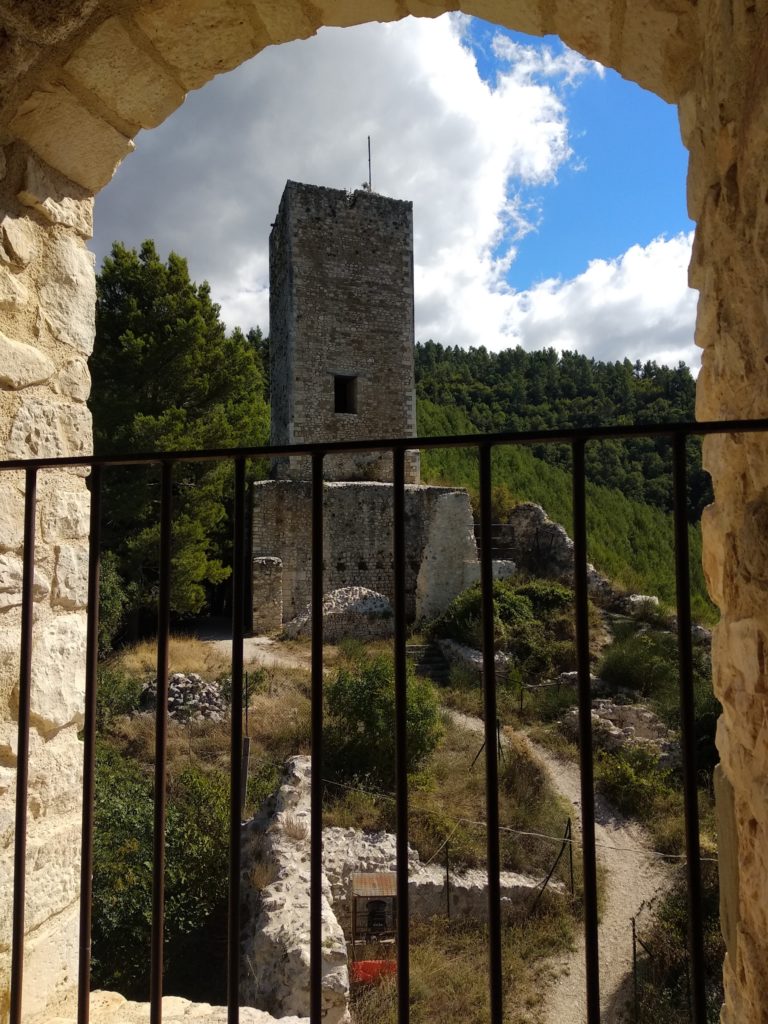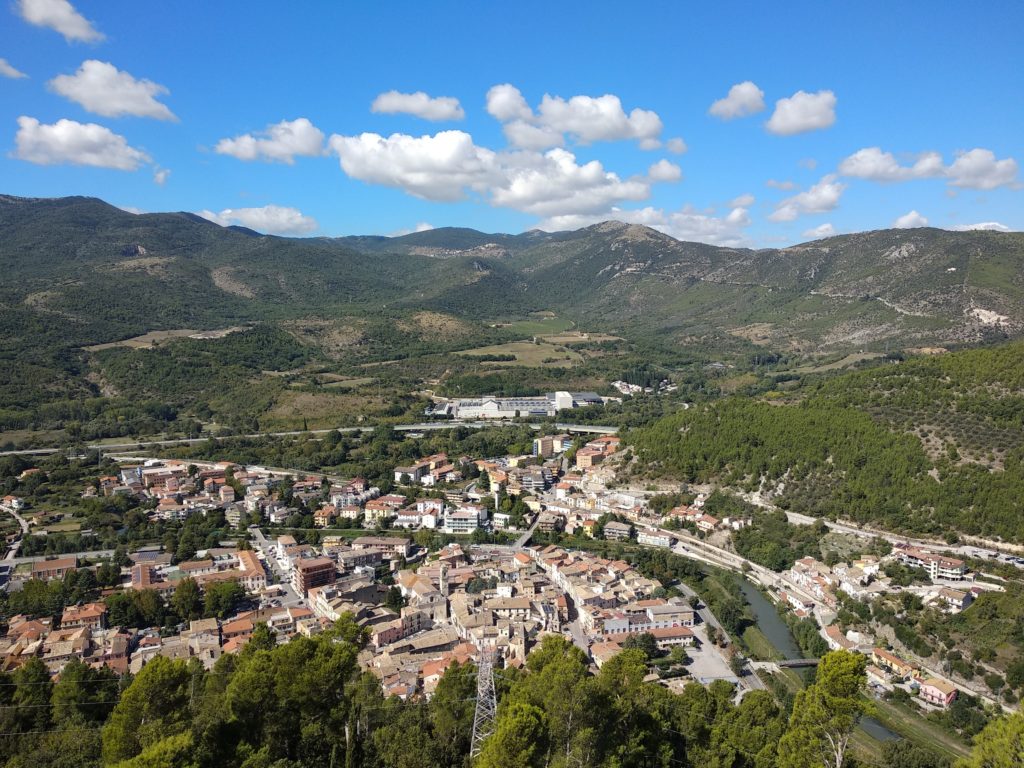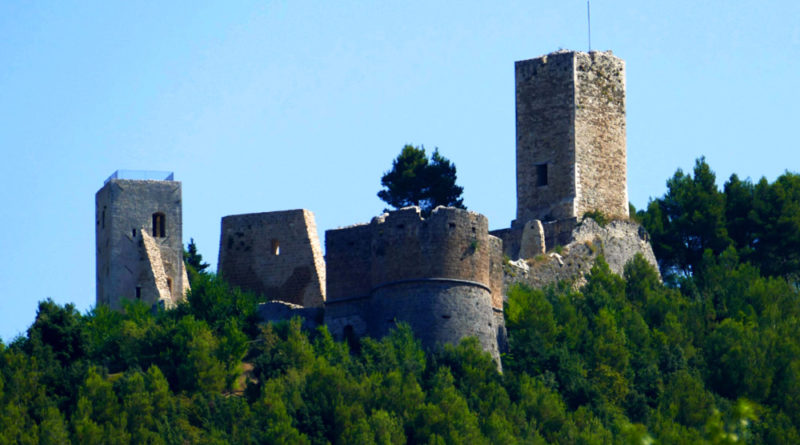🇬🇧 The Cantelmo Castle

The Cantelmo Castle is supposed to date back to the time of Giacomo Cantelmo, between 1000 A.D. and 1015 A.D. The reason for its construction dates back to the reconstructions and restorations ordered by Charles I of Anjou to strengthen the defensive lines. Studies carried out on site show that before the present pentagonal tower there was another one to which walls were later added to complete a triangular layout with two other quadrangular towers. The southernmost tower was then reduced in size and incorporated into a cylindrical tower that still exists. As has been observed, the interventions of the Angevin period are not necessarily to be identified by the use of cylindrical towers: the castle of Popoli has towers that are similar to the fortification works carried out in the 1270s-1980s in Lucera and Melfi. It is known that in 1279-1280, Charles I asked the Giustiziere D’Abruzzo Guglielmo de Brunel for workmen and stone cutters to build the castle of Manfredonia and, having been Giustiziere D’Abruzzo himself, Giacomo Cantelmo must have been well informed about his sovereign’s defensive programmes. In the last years of the 15th century, in order to improve Popoli’s defences, the advanced bastions of the castle were built, of which only ruins remain, while the aforementioned fortified tower should be little more than a succession. This tower appears to be equipped with casemates, battlements and loopholes that suggest the early 16th century: from here, the artillery could control the slope and the vast plain south of the town below.

In 1497 Restaino Cantelmo rebuilt the tower of The Hague, an image of which remains from a 19th-century print where the shoe-shaped base with a redondo is visible, which is superimposed by a cylindrical body crowned by corbels. Although the tower bears similarities to the Hague Tower, the absence of the corbels suggests that it was built a few years after it. 1497 was the year in which Restaino regained possession of the fiefs that had been taken from him two years earlier by his cousin Sigismondo Cantelmo. In 1503, Restaino distinguished himself in the Battle of Cerignola, where the Spanish defeated the French and gained possession of the Kingdom of Naples and, with a night attack, reconquered Popoli, which returned to pro-French hands. The castle was then neglected and already in the late 16th century repairs were needed. It was continually neglected for another three hundred years and there was no more news until 1821, when it was recorded that only ruins remained of the castle. The walls suffered further collapse in the mighty earthquake of 1915. There are two ways to get up to its highest tower and they are suitable for both adults and children. Having put on the appropriate trekking equipment, we set off. The first route is the longer one and takes about an hour. The start is along Via Tiburtina Valeria where there is a car park for leaving cars. Then you start by following the various red and white signs that indicate the entire 7-km-long route. The second route is easier and starts directly from Piazza della Libertà in Popoli. It lasts about 30 minutes and via a stairway you will pleasantly reach the top of the castle where the view will leave you speechless.

Source: Popoli città d’arte e natura della Carsa Edizioni, www.terredibenessere.com
Authors: Roberto Flauto, Federico Palmerini, Andrea De Melis
Project: work-school with the “Amedeo di Savoia” high school (Popoli)
Cantelmo Castle trail starting from Piazza Dante (Popoli)
Hyperlapse video of the Cantelmo Castle trail
View the interactive trail map >
Cantelmo Castle Trail on Maiella National Park website >
Made by the volunteers of the Popoli Civil Service


